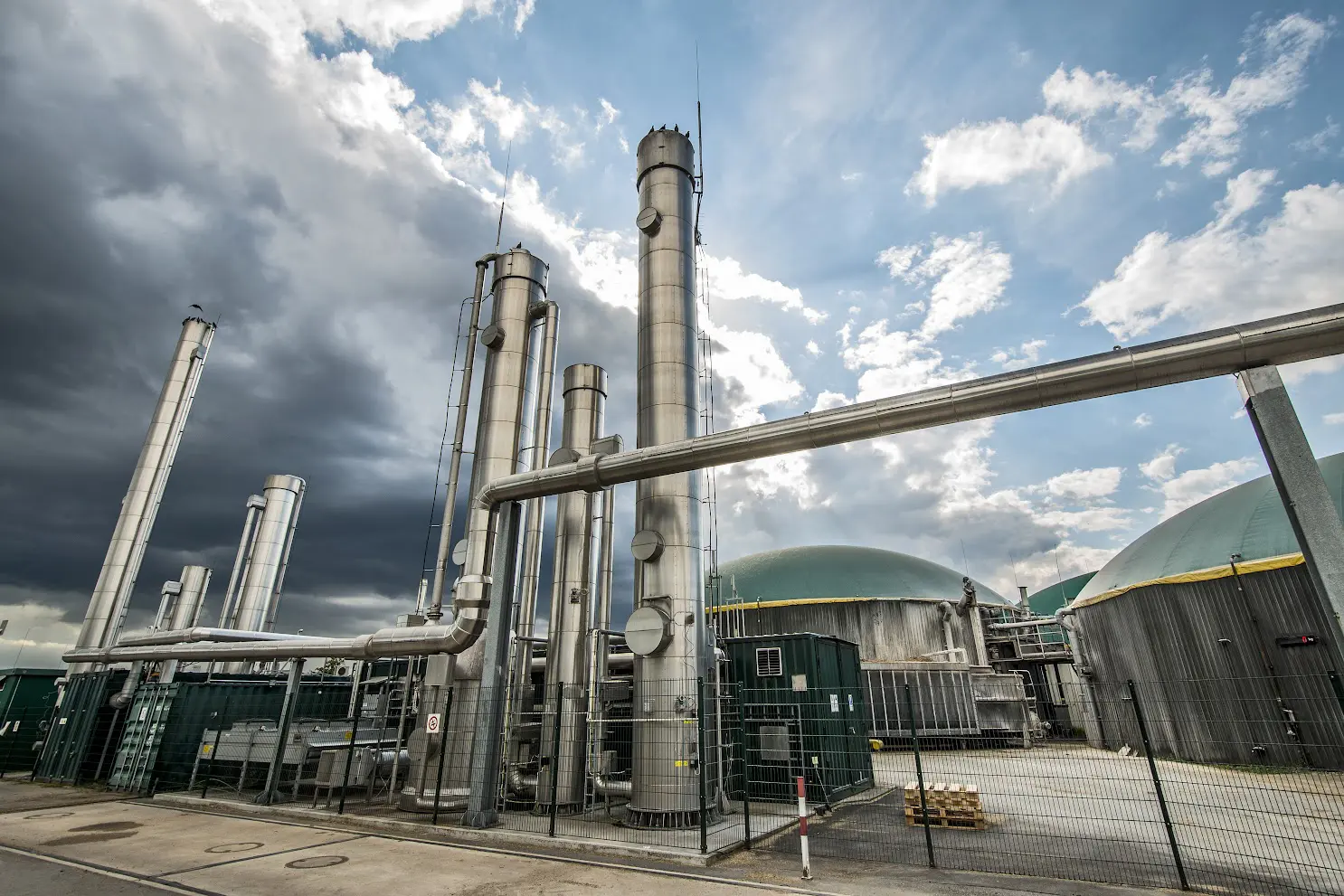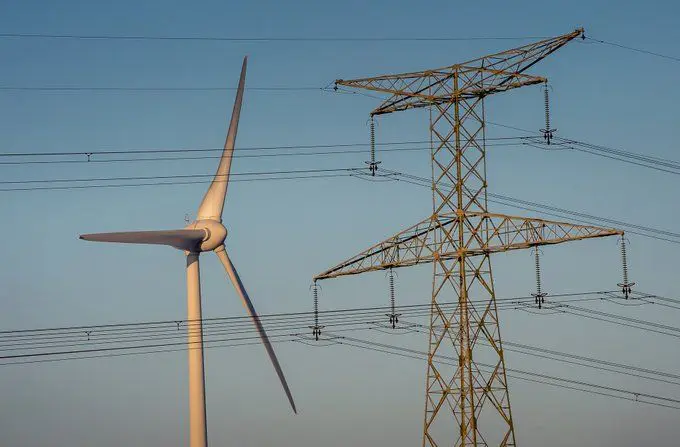Financement transition énergétique : Comment financer ses projets de transition énergétique ? #2

With today’s drive to decarbonize business activities, energy efficiency is becoming a strategic priority for companies. The factors compelling us to adopt this approach are not only societal – such as corporate image and CSR obligations – but also economic, with rising energy costs and their impact on profitability, and legal, including regulations like the Tertiary Sector Decree, the BACS Decree, and mandatory audits. However, initiating change is not always easy, due to lack of time and budget. Financing the energy transition remains one of the main obstacles. While there are several ways companies can reduce capital expenditure, the abundance of available subsidies and the complexity of certain mechanisms can make navigating them challenging. Here’s a closer look at three financing levers for energy performance projects.
The CEE scheme: a win-win concept for financing the energy transition
First introduced in 2005, the energy saving certificates (CEEs) system is France’s response to the obligations of the European Directive on Energy Efficiency. It operates on a win-win system between two parties: the obligated and the eligible.
On one hand, the obligated parties include all energy suppliers – such as electricity, gas, fuel oil, heating and cooling providers, as well as fuel distributors. These parties are required to collect and return a specific volume of CEEs over a three-year period (France entered the 5th CEE period on January 1, 2022), or face substantial penalties. Each supplier must meet its individual target, calculated in proportion to its sales, or face a fine.
On the other hand, the eligible parties are energy renovation project owners seeking financing for their work or other energy-related projects through the CEE system or an intermediary.
In between, a number of companies have specialized in collecting CEEs. They act as intermediaries with companies to carry out the work. Given the complexity of the mechanism, the obligated parties can entrust their obligations to a company known as a “delegataire”. The latter collects the CEEs on their behalf.
CEE financing is therefore not public. This mechanism, established by the government, ensures that energy suppliers deemed to be polluters are responsible for financing efforts to reduce CO2 emissions. This is the “more you pollute, the more you pay” principle.
More than 100 energy-saving projects in industry, the service sector and on farms are eligible.
Find out more about the CEE scheme
Third-party financing: a turnkey solution
Introduced in 2015 through the French law on energy transition for green growth, third-party financing is a business model that combines financing for the project with technical and operational management, as well as ongoing follow-up after the work is accomplished.
The third-party financer advances the costs and is subsequently reimbursed from the energy savings achieved over a period generally ranging from 15 to 20 years.
In this model, the roles of the third-party financer are varied. They involve designing the work program, requesting quotes, drawing up a financing plan, applying for financial aid, etc.
Furthermore, the notion of “third-party financing” must be distinguished from that of “third-party investment”, which does not include a participation in project management.
Public grants and subsidies: a wide range of possibilities
The main public subsidies include:
- Energy transition tax credit for companies
- Financial assistance the Region and/or the Département
- Financial assistance under the France Relance plan
- The Green Loan
- The Eco Energie Loan (PEE) from the Banque Publique d’Investissement (BPI)
- Assistance from the French Environment and Energy Management Agency (ADEME)
- Access to European funds
There are several types of assistance available. The French government has launched the ‘Mission Transition’ platform, which consolidates all available financing mechanisms for French SMEs.
Schemes can be filtered by region, project theme or business sector. The site provides information on existing grants, eligibility criteria and application procedures. Today, “Mission Transition” federates 452 public funding and support schemes, and also enables you to get in touch with an advisor.
Making your company part of the energy transition doesn’t have to be an obstacle course!
Do you have an energy efficiency project underway?
Do you think you could benefit from a CEE or subsidy but don't know where to start?




